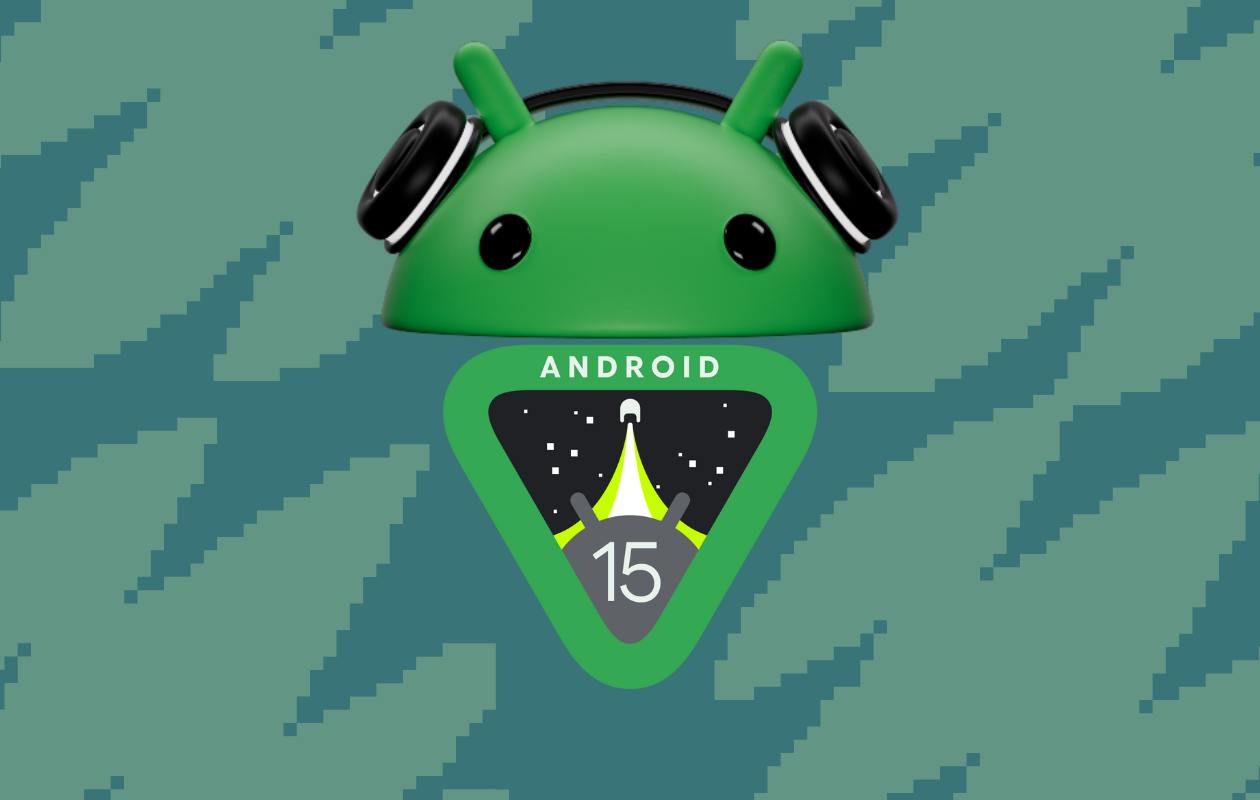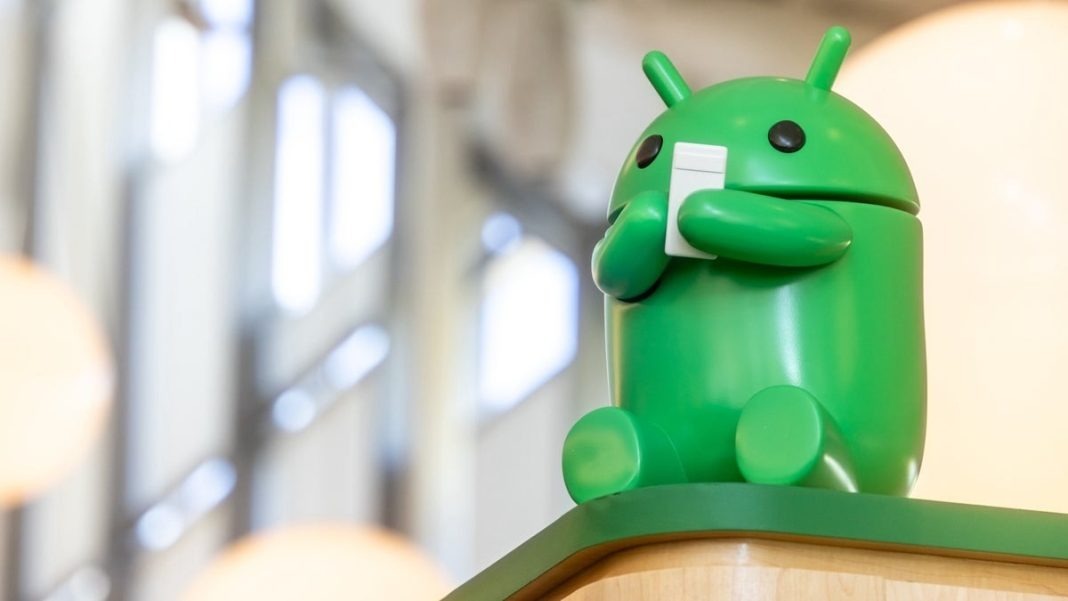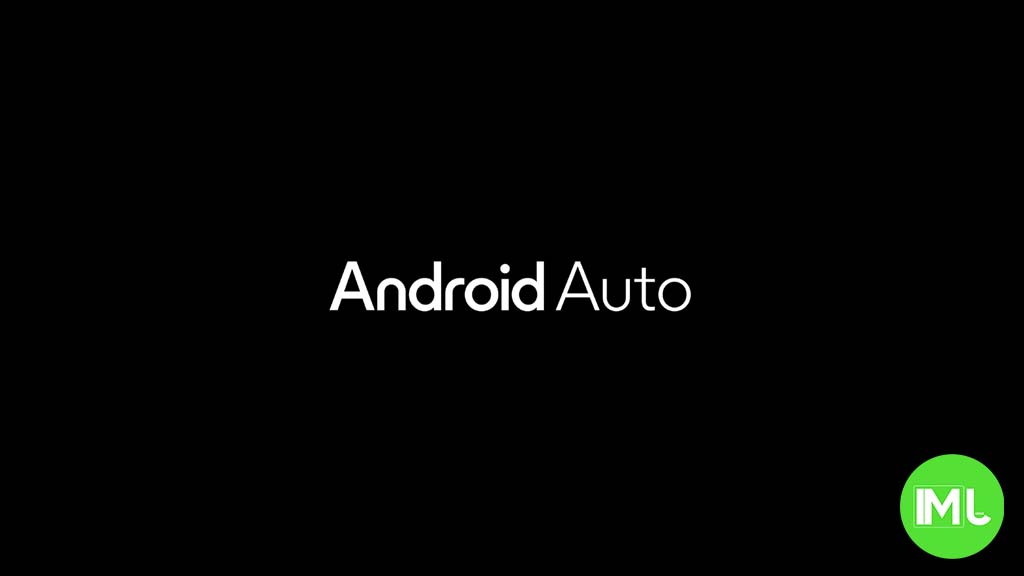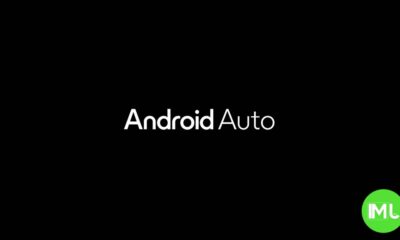Android
Android Updates: Improved cameras, phone app, lock screen, and Gemini performance

Several updates are coming to Android, impacting cameras, the Phone app, lock screen customization, and Gemini’s capabilities.
Enhanced Low-Light Photography with Android 16
Android 16 will introduce a “Night Mode Indicator API,” helping camera and social media apps better detect low-light conditions. This API will provide apps with three states: “Unknown” (if lighting conditions can’t be determined), “Off” (sufficient light), and “On” (low light, suggesting Night Mode). This will allow apps like Instagram to automatically recommend Night Mode when needed, improving photo quality in dark environments. This feature could be integrated into apps as early as June 2025, coinciding with Android 16’s expected release.
Pixel Phone App Gets Prominent Audio Emoji Button
Google is testing a more prominent placement for audio emojis in the Pixel Phone app. A large “Audio Emoji” button is being tested above the keypad, making it easier to access during calls. This change is currently in beta testing and may not be immediately available to all users.
More Lock Screen Customization Coming to Android
Android is preparing more granular lock screen clock customization. Beyond the current options for clock style, color, and size, future updates will allow users to adjust weight, width, roundness, and slant. This enhanced customization is being developed in the latest Android 15 beta, although a release date is not yet confirmed.
Gemini “2.0 Experimental Advanced” Offers Improved Performance
Gemini Advanced subscribers now have access to “2.0 Experimental Advanced,” a new model offering significantly improved performance on complex tasks like coding, math, reasoning, and instruction following. This model, designated “Gemini-Exp-1206,” is designed for tackling complex coding challenges, solving mathematical problems, and providing detailed instructions. It’s currently at the top of the Chatbot Arena LLM Leaderboard. It may not function perfectly as an experimental feature and lacks real-time information access and compatibility with some Gemini features. This is available through the $19.99/month Google One AI Premium subscription.
Android
Android 15 grows slowly, while Google brings new AI tools to search and creators

Google has shared the latest Android version usage numbers, showing that Android 15 is still in the early stages of adoption. As of April 2025, only 0.1% of Android devices are using Android 15. This version is currently in its beta phase, mostly available on Pixel and select partner phones. Android 14 leads the way with a 35.2% share, followed by Android 13 at 17.3% and Android 12 at 15.4%. Android 11 still holds 12.4%, showing how long older versions stick around.
Meanwhile, Google is also making changes in its AI efforts. The Gemini AI “prompt bar,” first seen in the Chrome browser, is now being tested in Google Search. This new feature lets users type or click suggestions to ask questions directly using Gemini, making search more interactive. It’s rolling out to more people gradually.
In addition to that, Google introduced Veo, a powerful video generation tool for creators. Veo can make high-quality videos from simple text prompts, using advanced AI to understand scenes, emotions, and cinematic styles. Google is currently letting select creators try Veo through a waitlist.
Together, these updates show how Google is improving both its Android platform and AI services. While Android 15 adoption is just beginning, features like the Gemini prompt bar and Veo highlight the company’s growing focus on AI to enhance user experiences across devices and tools.
Android
Pixel Watch gets better media controls, and Android tests bubble bar for phones

Google is rolling out two new updates that aim to improve the experience on Android devices, including the Pixel Watch and Android phones.
First, the Pixel Watch is getting upgraded media controls. With the new update, users can now swipe between different media apps like Spotify and YouTube Music more easily. Instead of going back and forth through menus, you can just swipe left or right to switch apps. The update also adds a shortcut to quickly launch the full media app right from the watch. This makes listening to music or podcasts much smoother and faster.
Meanwhile, Google is testing a new feature for Android phones called the “bubble bar.” This new feature is meant to replace or enhance the current taskbar and app dock. It looks like a small floating bar with app icons, similar to bubbles. Users can easily switch between apps without going back to the home screen. The bubble bar could be especially helpful for larger-screen devices like foldables or tablets, making multitasking simpler.
These updates show how Google is working to make Android more user-friendly across different devices. While the Pixel Watch update is starting to roll out now, the bubble bar is still being tested, so it may take a while before it becomes available to everyone.
Android
Android Auto weather card not working for many users

Android Auto has recently had a small but annoying problem—its weather card isn’t showing up for many users. Usually, this feature shows the current temperature and weather condition in the top corner of the dashboard, which is helpful while driving. But now, for a lot of people, it’s either missing or just showing a blank space.
Reports about this issue have been popping up on Google’s support forums and Reddit over the past week. Some users say the card disappeared after a recent Android Auto update, while others noticed it went away without any changes to their apps or settings.
What’s odd is that Google hasn’t confirmed if this is a bug or a planned change. As of now, there’s no official fix or update. Some users tried restarting their phones, clearing cache, or reinstalling the app, but these steps didn’t work for everyone.
This isn’t the first time something like this has happened. Android Auto has had similar issues with the weather card in the past, which were usually fixed through updates. Until Google releases a fix or gives more info, users will just have to wait and hope the card comes back soon.
If you’re affected, it’s a good idea to keep your app and phone updated in case a fix rolls out.
-

 Apps1 year ago
Apps1 year agoGboard Proofread feature will support selected text
-

 News1 year ago
News1 year agoSamsung USA crafting One UI 6.1.1
-

 News1 year ago
News1 year agoBreaking: Samsung Galaxy S22 may get Galaxy AI features
-

 News1 year ago
News1 year agoSamsung Galaxy S23 Ultra with One UI 6.1 and all S24 AI features revealed
-

 News1 year ago
News1 year agoOne UI 6.1 Auracast (Bluetooth LE Audio) feature coming to many Samsung phones
-

 News1 year ago
News1 year agoSatellite SOS feature coming to Google Pixel phones, evidence leaked
-

 Apps11 months ago
Apps11 months agoGoogle’s fancy new Weather app is finally available for more Android phones
-

 News1 year ago
News1 year agoGoogle Pixel evolves as Europe’s third best selling flagship








